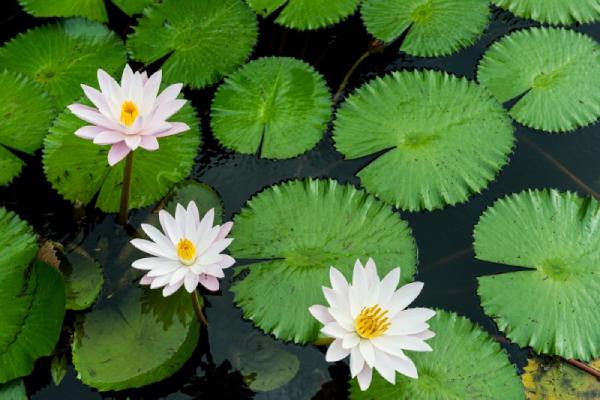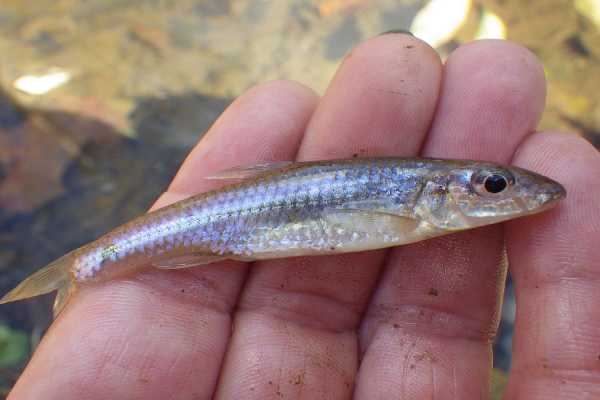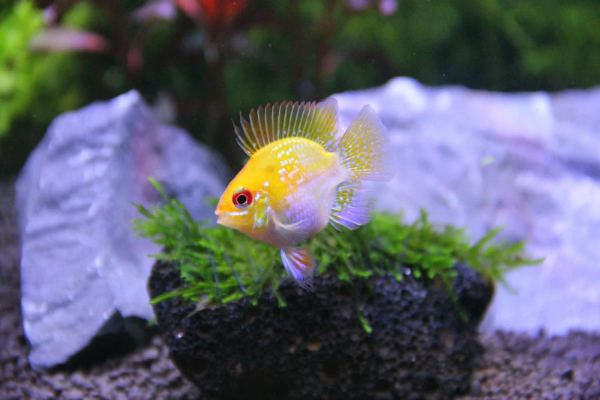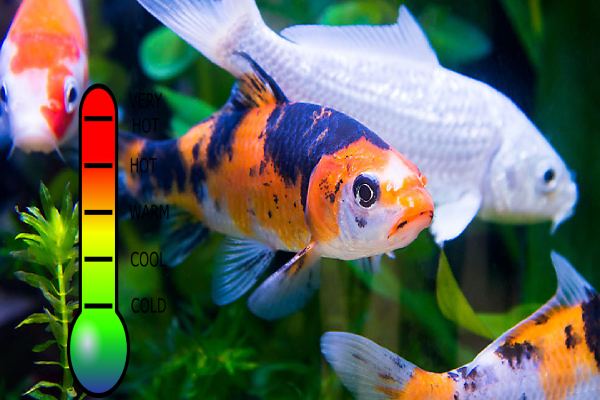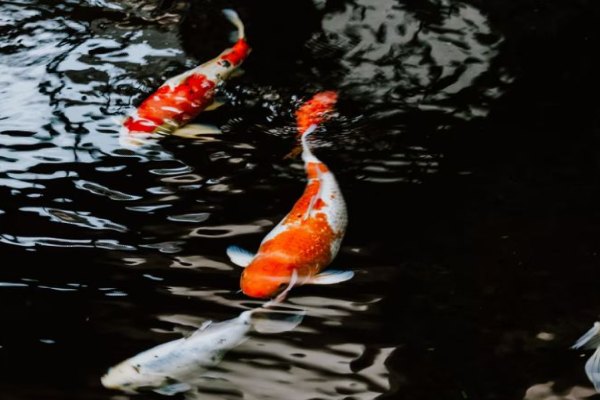More on Yellow Koi Fish: What to Know
Koi fish are beloved worldwide for their vibrant colors and graceful swimming patterns. Among the myriad hues available, the yellow koi fish stands out for its distinctive charm and symbolism. In this article, we delve into everything you need to know about these captivating creatures.
History and Symbolism
Koi fish, including the yellow variety, have a rich cultural and symbolic significance, particularly in Japanese and Chinese cultures. In both traditions, koi are revered for their perseverance, strength, and determination. The yellow koi, specifically, is often associated with wealth, prosperity, and good fortune.
In Japanese folklore, there is a legend that speaks of a koi fish that swam upstream against the powerful currents of the Yellow River and eventually transformed into a dragon as a reward for its bravery. This story underscores the koi’s enduring symbolism of overcoming adversity and achieving success.
Characteristics and Appearance
Yellow koi fish typically exhibit a bright, golden-yellow coloration that can range from pale lemon hues to deep, rich gold tones. Their scales can be metallic or matte, adding to their visual appeal. The color intensity and patterning of yellow koi can vary widely depending on the specific breed and genetic factors.
Koi fish are known for their graceful movements and distinctive markings. The pattern on a yellow koi can include scales of varying sizes and shapes, creating a unique mosaic effect that enhances their beauty as they glide through the water.
Varieties of Yellow Koi
There are several recognized varieties of yellow koi, each with its own unique characteristics:
- Ogon (or Ogon Yellow): This variety is solid yellow with a metallic sheen, giving it a shimmering appearance that catches the light beautifully.
- Yamabuki Ogon: Similar to Ogon but with a deeper, more vibrant golden-yellow coloration.
- Kin Matsuba: Known for its yellow-gold scales with black or dark brown speckling, resembling the pattern of pine needles (Matsuba means “pine needle” in Japanese).
- Kujaku: A striking variety with a metallic yellow base and black markings reminiscent of a peacock’s tail feathers.
Care and Maintenance
To keep yellow koi fish healthy and vibrant, proper care is essential:
- Pond Setup: Provide a spacious pond with clean, well-oxygenated water. Koi are active fish that require ample space to swim and explore.
- Water Quality: Monitor and maintain optimal water parameters, including pH levels, ammonia, and nitrate levels, to ensure a healthy environment for your koi.
- Feeding: Feed high-quality koi pellets or flakes and supplement their diet with treats like vegetables or fruits. Avoid overfeeding to prevent water quality issues.
- Protection: Protect your koi from predators and extremes in weather by providing adequate shelter and pond cover.
Conclusion
Yellow koi fish are not just ornamental additions to a pond; they embody centuries of cultural symbolism and natural beauty. Whether you admire them for their vibrant color or appreciate the deeper meanings they carry, yellow koi fish continue to captivate and inspire people around the world. By understanding their history, characteristics, and care needs, you can fully appreciate the wonder of these graceful aquatic creatures in your own pond or garden.
Embrace the elegance and symbolism of the yellow koi fish, and let its presence bring a touch of serenity and prosperity to your aquatic landscape.

